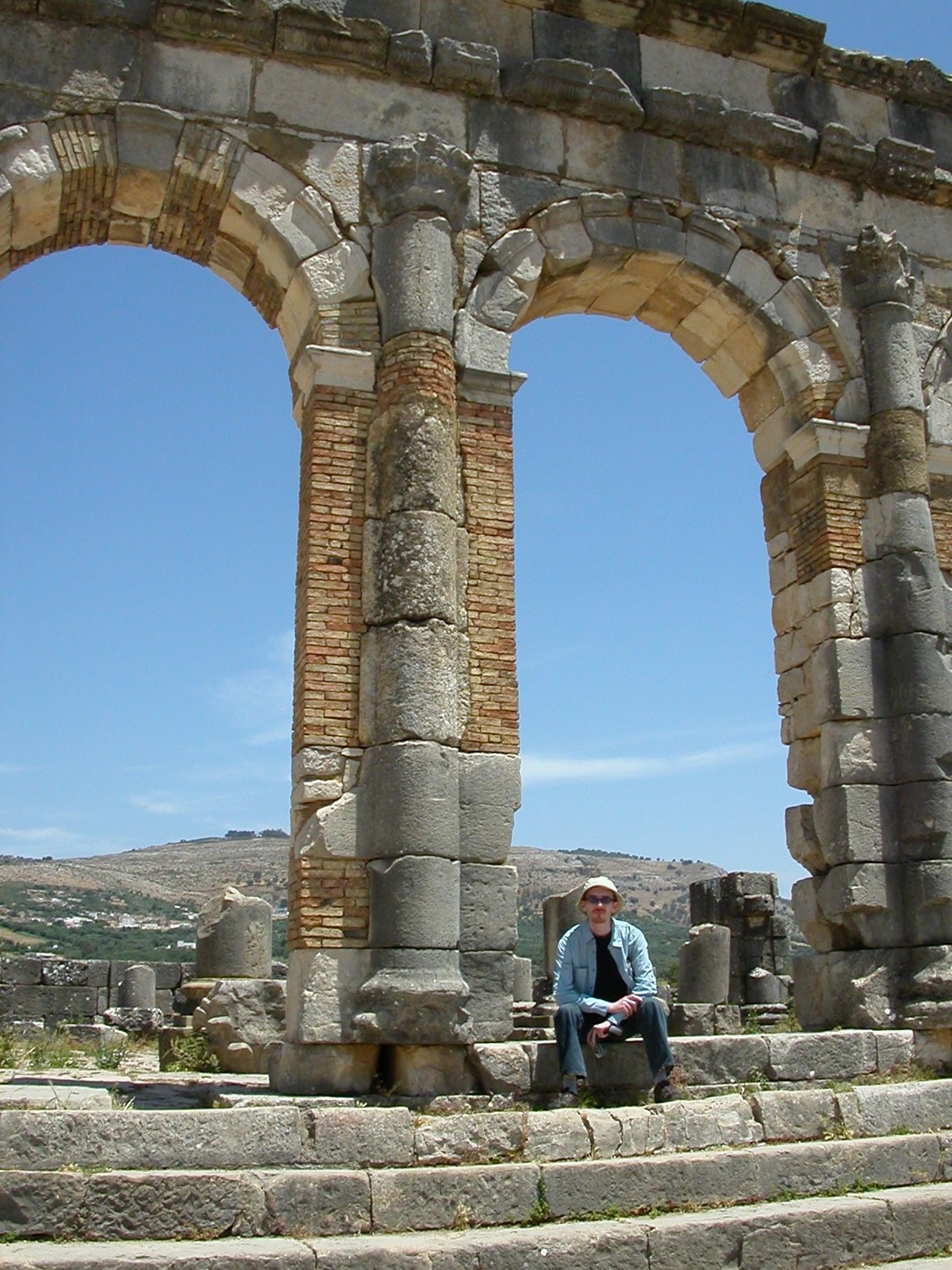
A little while ago I introduced you to the Jemaa el-Fnaa. But this is not the only UNESCO Heritage site that Morocco boasts. Sitting between Fez and Rabat not far from Meknes is one of the best-preserved Roman ruins in this part of northern Africa, and in 1997 earned the distinction of being named a Heritage site.
While there we were lucky to have as our guide a professor from the Al Akhawayn University and an expert on the region – which was fortunate as we discovered later many of the “guides” who work the ruins haven’t actually received any training or literature on the site, and simply regurgitate stories that have been passed along and embellished upon.
Archeological surveys date this Roman town back to at least the third century BC and the previous Carthaginian settlement it was built upon. However there is evidence that even these overlay an earlier Neolithic site.
From this vantage the Roman Africa province of Mauretania Tingitana was administered. And when you’re actually walking the site, you can’t but help imagine the poor administrator who found himself in this far-flung corner of the empire – in effect as far west as you could get from the splendor of Rome.
But thanks to the fertility of the land the province produced many commodities like grain and olive oil for export to Rome – the tools for which are still in evidence about the ruins. Which meant that despite being exiled to the edge of “civilization” they were able to import luxuries from the capital.
While the Romans toward the end of the third century CE evacuated the rest of Morocco, Volubilis remained occupied for almost another century until it appears to have been hit by an earthquake in the late fourth century CE.
Thereafter the region came under the control of the Awraba, a Berber tribe who’s King Juba II used the ruins as his second capital. And while the location change hands again and again in the intervening centuries, for almost eight hundred years people continued to live in Volubilis. It wasn’t until the Almoravid’s invaded in the eleventh century CE that it was truly abandoned.
Until the eighteenth century CE when it was demolished for building materials during the construction of Moulay Ismail’s palaces in nearby Meknes.
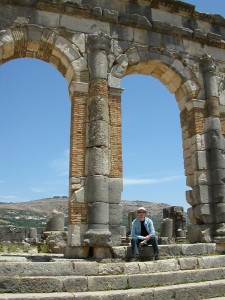
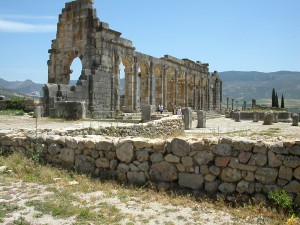
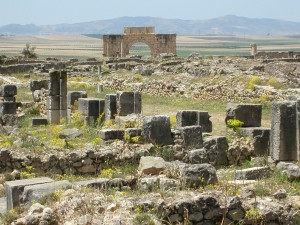
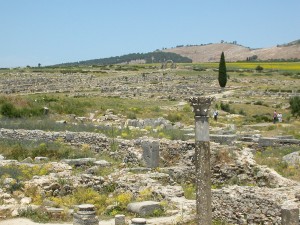
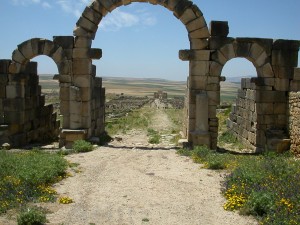
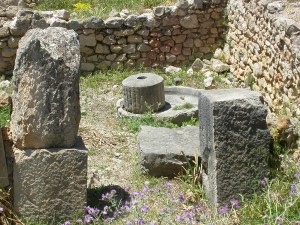
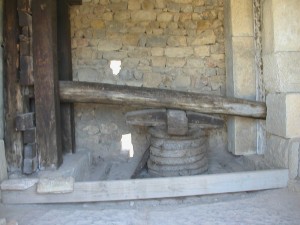
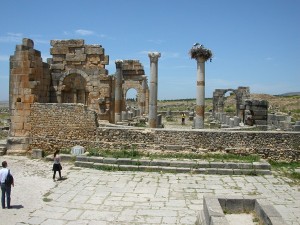
![What’s in a Name: Morocco [Repost]](http://www.cultureaddicthistorynerd.com/wordpress/wp-content/uploads/2015/04/casablanca-lighthouse-150x150.jpg)
![Preserving the Past [Repost]](http://www.cultureaddicthistorynerd.com/wordpress/wp-content/uploads/2011/07/3657312550_3d42a930f0_o-150x150.jpg)
![Locations of Thrones: Ouarzazate [Repost]](http://www.cultureaddicthistorynerd.com/wordpress/wp-content/uploads/2011/05/pentos1-150x150.png)
![Jemaa el-Fnaa: What’s in a Name? [Repost]](http://www.cultureaddicthistorynerd.com/wordpress/wp-content/uploads/2011/06/3657465449_c7a8c3789a_o-150x150.jpg)
![Chichen Itza Sites: Great Ball Court [Repost]](http://www.cultureaddicthistorynerd.com/wordpress/wp-content/uploads/2011/07/2890815_b6b08c52ee_o-150x150.jpg)
![Moroccan history: the Almohads [Repost]](http://www.cultureaddicthistorynerd.com/wordpress/wp-content/uploads/2011/08/3658100670_f4057b29a8_o-150x150.jpg)



































